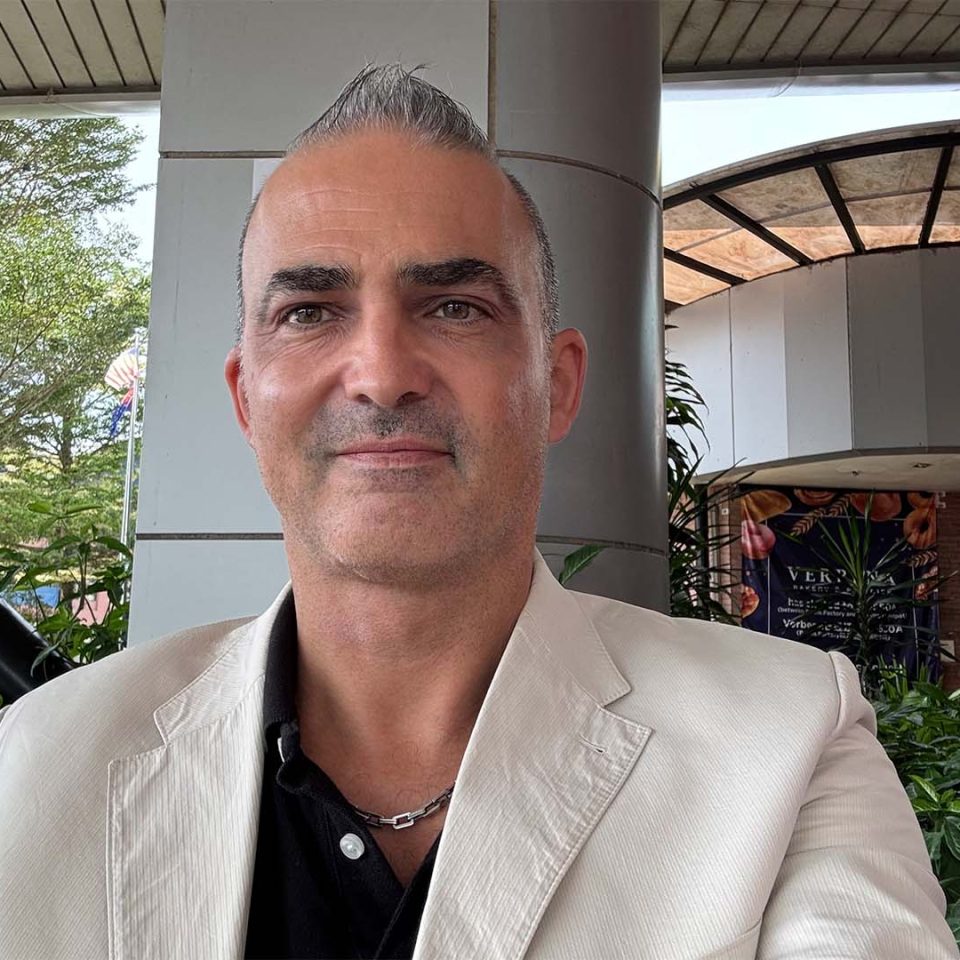Operational efficiency often gets lost somewhere between boardroom strategies and actual execution. Most companies throw money at digital solutions, then wonder why their operations still feel stuck in the past. Christophe Derdeyn has spent twenty years watching this same story play out, but he’s also figured out how to change the ending. As managing director at Icon Consulting Group, he’s learned that bridging the technology gap comes down to three things most companies get backwards.
Leveraging Digital Strategy to Boost Operational Efficiency
You’d think after two decades in tech, Derdeyn would be all about the latest gadgets and software. Instead, he’s focused on something much simpler but harder to execute. “I’m a tech entrepreneur, advisor, and currently the managing director at Icon Consulting Group. Over the past two decades, I’ve helped organizations from global brands to scaling early stage companies bridge the gap between technology and operational impact,” he explains. The key word there is “bridge.” Most companies have great technology and solid intentions, but they’re missing the connection between the two.
His approach cuts through the usual tech industry noise about revolutionary platforms and game-changing innovations. “Whether it’s building shared service hubs across continents or helping companies adopt AI responsibly, my focus has always been on one thing: turning digital strategy into real world efficiency.” That focus has taken him through projects spanning continents and industries, but the lessons keep coming back to the same fundamental issues
Focusing on People Before Technology
Here’s where most digital transformations go wrong right out of the gate. Companies buy the best systems money can buy, then act surprised when nothing changes. Derdeyn has seen this mistake so many times he can spot it from across the room. “Technology is never the bottleneck, people are. You can deploy the best cloud infrastructure or AI tools, but if your teams aren’t aligned, trained, and clear on the why, it won’t stick.
The proof came during one of his most challenging projects. The technical scope was massive, but the real work happened in conference rooms and coffee conversations. “In one project, we were consolidating 17 systems across 130 countries. The biggest challenge wasn’t technical—it was cultural,” he recalls. Getting the technology to work was the easy part. Getting people to work with the technology required a completely different approach. Success came down to answering one question that most consultants never think to ask. “We succeeded by answering one simple question for every stakeholder: What’s in it for me?” Derdeyn learned that efficiency programs fail when people don’t see the personal benefit. “Efficiency begins when your people understand the mission and are empowered to deliver it.” It’s not rocket science, but it’s also not what most tech consultants focus on.
Stop Guessing, Start Measuring
Too many businesses run on gut feelings and outdated reports. Derdeyn sees companies making million-dollar decisions based on information that’s weeks old or completely disconnected from reality. The solution isn’t more data—it’s better data. “Many companies operate with blind spots. Legacy systems, disconnected teams, and outdated metrics create operational drag,” he points out. The fix requires changing how companies think about information. “By shifting to data-driven decision-making, real-time dashboards, and predictive analytics, we’ve helped clients cut costs, reduce downtime, and speed up delivery.” But the real magic happens when companies learn to use what they already have instead of buying something new. One manufacturing client proved this point perfectly. They were ready to invest in new equipment to solve their downtime problems. Derdeyn showed them something better. “One manufacturer we worked with reduced downtime by 25%. Not with new machines, but by using the data they already had.” Sometimes the best solution is sitting right there in your existing systems. “Insight is the new fuel, but only if you’re ready to act on it.”
Designing Systems Ready for Change
Most companies optimize for today’s problems and end up stuck when tomorrow arrives. Derdeyn has watched too many organizations paint themselves into corners with rigid systems that can’t adapt. “Let’s face it, change is constant. The most efficient organizations are not the ones that optimize for today. They’re the ones that design systems flexible enough to evolve tomorrow.”
At Icon Consulting Group, this philosophy drives every project decision. “At Icon, we help companies build agile IT frameworks: modular, scalable, and secure. That way, when the next shift comes—whether it’s AI, regulation, or customer expectations—they can pivot fast without breaking operations.” The goal isn’t just fixing current problems; it’s making sure the next wave of changes doesn’t break everything. This mindset shift changes everything about how companies approach technology investments. “Efficiency is not a destination, it’s a design mindset.” The companies that get this right don’t just survive change—they use it as a competitive advantage. Derdeyn’s advice boils down to three simple principles that most companies ignore: “Put your people first, lead with data, and design for change. That’s how you turn digital strategy into operational excellence.”
Connect with Christophe Derdeyn on LinkedIn to explore digital strategy insights.











